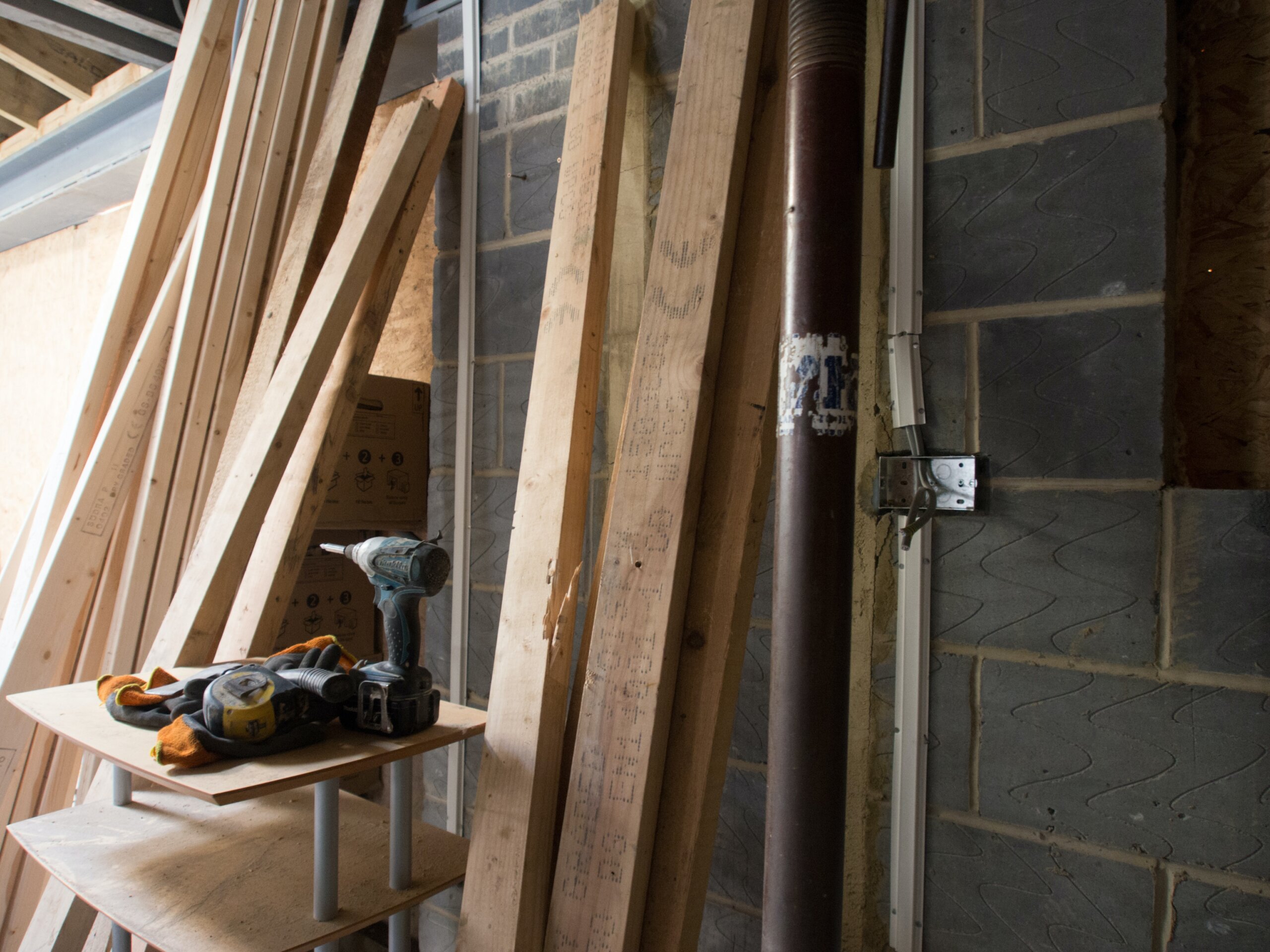Clean Energy Credits Can Offset the Cost of Home Improvements

The IRS has released a fact sheet on the new, expanded clean energy credits for homeowners. The FAQs provide details on recent changes to the credits, information on eligible expenditures and examples of how the credit limitations work. The credits, part of a package of climate change initiatives contained in the Inflation Reduction Act, include:
Energy Efficient Home Improvement Credit
The improvements listed below are eligible for the credit if they satisfy energy efficiency requirements:
Building envelope components
- Exterior doors (30% of costs up to $250 per door, up to $500)
- Exterior windows and skylights (30% of costs up to $600)
- Insulation materials or systems and air sealing materials or systems (30% of costs)
Home energy audits (30% of costs up to $150)
Residential energy property (30% of costs, including labor, up to $600 for each item):
- Central air conditioners
- Natural gas, propane or oil water heaters
- Natural gas, propane or oil furnaces and hot water boilers
- Improvements to or replacements of panelboards, sub-panelboards, branch circuits or feeders that are installed along with building envelope components that enable installation and use
Heat pumps and biomass stoves and biomass boilers (30% of costs, including labor):
- Electric or natural gas heat pump water heaters
- Electric or natural gas heat pumps
- Biomass stoves and biomass boilers
The Act increased this credit from $500 to $1,200 per year. The credit is calculated as 30% of amounts paid by the taxpayer for (1) qualified energy efficiency improvements installed during the year, (2) residential energy property expenditures and (3) home energy audits. This credit applies to property placed in service from January 1, 2023 through December 31, 2032.
Residential Clean Energy Property Credit
This credit is allowed for:
- Solar electric property (solar panels)
- Solar water heating property (solar water heaters)
- Fuel cell property
- Small wind energy property (wind turbines)
- Geothermal heat pump property
- Battery storage technology
The credit is calculated as 30% of qualified expenditures. The Act extended this credit through 2034. It applies for property placed in service after December 31, 2021 and before January 1, 2033. The credit percentage rate then phases down to 26% for 2033, and 22% for 2034. No credit is available for property placed in service after December 31, 2034.
Important Qualification Rules
The fact sheet clarifies several threshold issues with regard to what is considered residential/homeowner property and who qualifies for the credit.
- Some expenses are eligible for second homes, but not for homes that the owner does not use as a residence; for example, those that are only rented.
- Credits are available for a taxpayer’s primary residence even if it is rented out part of the time.
- Expenses for homes also used for business purposes are eligible for the credit if business use is 20% or less. If business use is higher, the credit must be prorated.
- The home must be in the U.S.
- The credit is only allowed once the qualified property is installed.
- Used property is not eligible for the credit.
- Unused home improvement credits may not be carried forward, but unused residential property credits can be used in later years.
Example of Home Improvement Credit
A taxpayer purchases and installs the following: two exterior doors at a cost of $1,000 each and a central air conditioner at a cost of $5,000. The property installed meets the required energy efficiency standards.
First, 30% of each $1,000 of the door’s cost is $300, but the per door limit of $250 applies to reduce the maximum credit for each door to $250, giving the taxpayer a $500 credit.
For the $5,000 air conditioner, the taxpayer can get a 30% credit or $1,500. The $600 per item limit for energy property then applies to limit the taxpayer’s air conditioning credit to $600.
Adding these credits together, the taxpayer can get a total credit of $1,100 for the year ($500 + $600), which is below the $1,200 yearly limit.
Act Now to Get Credits
These generous credits are available now for many common home improvements, such as a new water heater, upgraded windows or attic insulation. You also can get a credit for a home energy audit that identifies the most significant and cost-effective energy efficiency improvements for your home. However, you need to make sure your improvements qualify for the credit before you buy or sign any remodeling contracts. Smart planning and purchasing can help you substantially offset the cost of upgrades you may have been planning even before the credits became available.
For more information contact:
Tommy Zavieh | Partner & National Practice Leader, Credits & Incentives
tommy.zavieh@frazierdeeter.com
Sheila R. Anderson | Partner, Credits & Incentives
sheila.anderson@frazierdeeter.com
Allen Tobin | Principal, Credits & Incentives
allen.tobin@frazierdeeter.com
Contributors
Tommy Zavieh | Partner & National Practice Leader, Credits & Incentives
Sheila R. Anderson | Partner, Credits & Incentives
Allen Tobin | Principal, Credits & Incentives
Explore related insights
-
Leveraging State Tax Opportunities to Drive Business Growth
Read more: Leveraging State Tax Opportunities to Drive Business Growth
-
The IRS and Your Tax Return: What’s Changing This Year?
Read more: The IRS and Your Tax Return: What’s Changing This Year?






